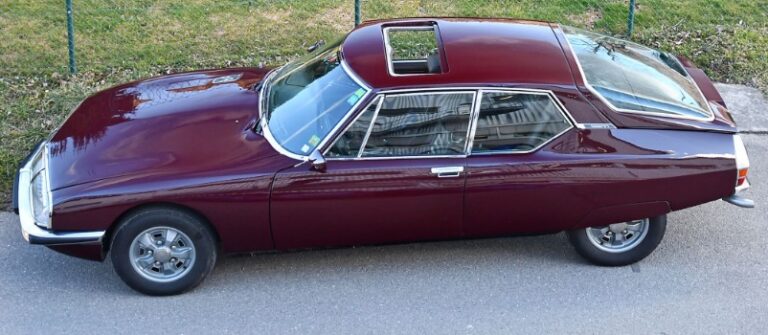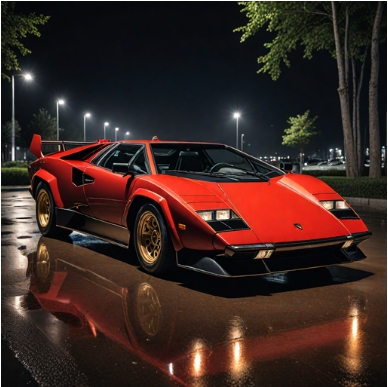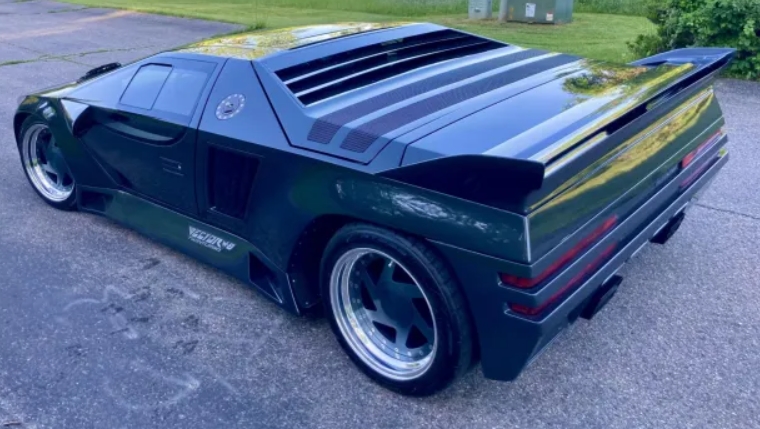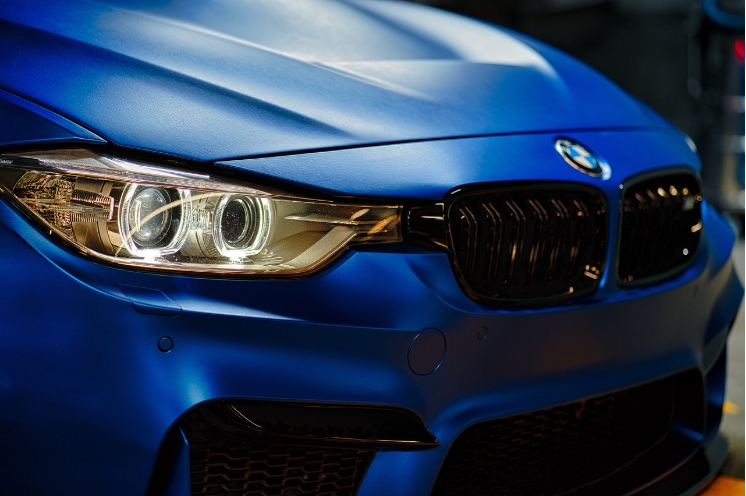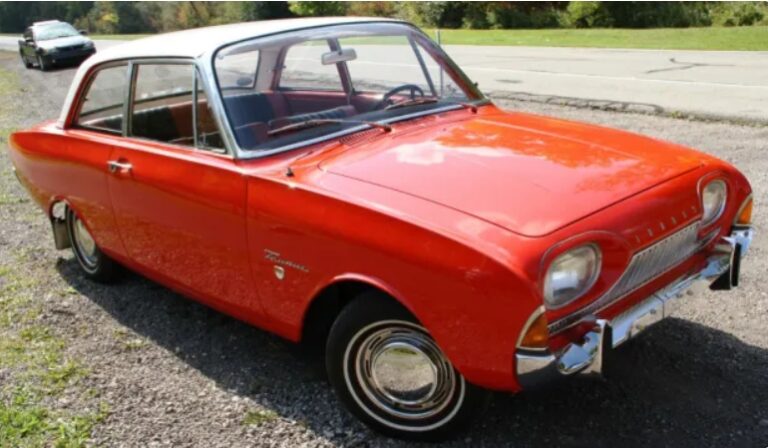The Evolution of the Volvo 260 Series: 262, 264, and 265
The Volvo 260 Series marked a significant chapter in Volvo’s history, representing the brand’s commitment to building durable, practical, and somewhat luxurious sedans and coupes during the late 20th century. Launched in the early 1970s, the 260 Series remained in production for over a decade, evolving through various models and trim levels that catered to diverse markets worldwide.
This article traces the development, production, and variants of the Volvo 262, 264, and 265, providing detailed insights into their specifications, trims, and the key changes that defined each version.
Origins and Development of the Volvo 260 Series
The Volvo 260 Series was introduced in 1974 as a successor to the Volvo Amazon/122 series. Built on the Volvo 140 Series platform, the 260 was designed to offer increased size, comfort, and luxury, targeting both family and executive markets. It was produced at Volvo’s Torslanda plant in Sweden and assembled in various countries worldwide.
Key features:
- Platform: Based on the Volvo 140 Series
- Body Styles: Sedan, coupe, and station wagon
- Engine Options: Primarily inline-6 and inline-4 engines
- Transmission Options: 4- and 5-speed manual, 3- and 4-speed automatic
Model Variants and Trim Levels
The main variants within the Volvo 260 Series were distinguished by their body styles and engine configurations:
- Volvo 262 – The luxury coupe variant
- Volvo 264 – The four-door sedan
- Volvo 265 – The five-door station wagon
Over its production span, the models received various updates, trim levels, and performance packages.
Volvo 262: The Luxury Coupe (1977–1981)
Introduction & Production Years
- Launched in 1977, the Volvo 262 was the coupe version of the 260 Series.
- Production ran from 1977 until 1981.
- It was aimed at customers seeking a more stylish, sporty, yet luxurious vehicle.
Design & Features
- The 262 featured a sleek, coupe body style with two doors.
- It retained the classic Volvo front grille, with a more aerodynamic profile.
- The interior was upgraded with wood trim, leather upholstery, and premium features.
Engine & Performance
- Powered primarily by the B28E and B28F engines (2.8-liter inline-6), with outputs around 138–168 hp depending on the market and specific trim.
- The B28 engines were fuel-injected versions of Volvo’s inline-6, emphasizing smoothness and power.
Trim Levels
- Early models were fairly uniform, but as years progressed, trim packages included:
- L (Luxury) – Basic features with cloth upholstery and manual amenities.
- GLE – Upgraded interior, better trim, and additional comfort features.
- Turbo (Limited) – Very rare, with a turbocharged B28ET engine producing around 155 hp, offering a sportier drive.
Special Editions
- Some markets offered limited editions with unique badging and features, such as the 262C Bertone — a more luxurious, coupe version built in collaboration with Italian design house Bertone, which we’ll discuss separately.
Volvo 264: The Four-Door Sedan (1974–1985)
Introduction & Production
- The 264 was introduced in 1974, shortly after the series’ launch.
- Production spanned over a decade, ending around 1985, with continuous updates.
Design & Features
- The 264 was designed as a full-sized, four-door sedan, emphasizing comfort and practicality.
- It featured a boxy, utilitarian shape characteristic of Volvo’s design language at the time.
- Offered both standard and higher trim levels, with options for luxury appointments.
Engine & Performance
- The 264 models were equipped with inline-6 engines, primarily:
- B28E/B28F (2.8-liter, 138–168 hp)
- B28ET (turbocharged, 168 hp) in later models
- Also available were four-cylinder engines in some markets, such as the B19 and B21 series, but these were less common in the 264 designation.
Trim Levels & Variants
Throughout its production, the 264 was offered in various trims:
- DL (De Luxe) – Basic trim with manual windows and minimal luxury features.
- GL (Grand Luxe) – Upgraded interior, better trim, and additional comfort options.
- GLE – Higher trim level with leather upholstery, power windows, and upgraded audio systems.
- Turbo (1981–1985) – Equipped with turbocharged engines, these models delivered enhanced performance.
Special & Performance Variants
- Turbo Models: Introduced in the early 1980s, turbocharged versions of the 264 became popular for their increased performance. They often featured sportier suspension and styling cues.
- Luxurious Editions: Some markets featured special editions with wood trim, leather seats, and premium audio systems.
Notable Changes Over the Years
- 1974–1980: Introduction and initial updates, with emphasis on durability.
- 1981: Introduction of the turbocharged B28ET engine.
- 1982–1985: Facelifts with minor styling updates and interior improvements.
Volvo 265: The Five-Door Station Wagon (1974–1985)
Introduction & Production
- The 265 was introduced alongside the 264 as a practical station wagon.
- It retained the same mechanical and structural features but offered a versatile five-door body suited for families and commercial use.
Design & Features
- The 265 combined the practicality of a station wagon with the luxury and features of the sedan.
- It was available with various trim levels, similar to the 264.
Engine & Performance
- Same engine options as the 264, including inline-6 and turbocharged variants.
- Noted for its robustness and cargo capacity.
Trim Levels & Variants
- Similar to the 264, with DL, GL, and GLE trims.
- Some markets offered special editions with additional utility features or luxury appointments.
Key Updates and Facelifts
Throughout its lengthy production run, the Volvo 260 Series underwent several updates:
- Mid-1980s Facelift: Minor exterior styling changes, including grille updates and new taillight designs.
- Engine Improvements: Introduction of fuel-injected engines and turbocharged variants to meet emission standards and consumer demand.
- Interior Upgrades: Improved dashboards, sound insulation, and comfort features.
End of Production and Legacy
The Volvo 260 Series was phased out in the mid-1980s, replaced by newer models such as the Volvo 740 and 760 series, which offered more modern styling and technology.
Despite its discontinuation, the 260 Series remains an emblem of Volvo’s commitment to safety, durability, and practicality. Its various models, especially the 262 coupe and turbocharged 264/265 variants, are prized among collectors and enthusiasts for their robust engineering and classic design.
.
You’ve got that cool car, but is it resting in its own cool place?
It’s visually pleasing for the surrounding areas outside of your home to look as awesome as what’s stored inside your garage! If you desire a truly inspirational environment, you should check into these plans!

.
Summary of Key Model Years and Variants
| Year Range | Main Models | Notable Variants & Trim Levels | Engine Options |
|---|---|---|---|
| 1974–1980 | Volvo 264, 265 | DL, GL, GLE | B28E/B28F inline-6, B19/B21 inline-4 (some markets) |
| 1977–1981 | Volvo 262 (Coupe) | L, GLE, Turbo (rare) | B28E/B28F, B28ET turbo |
| 1981–1985 | Turbo models introduced | Turbo, GLE, GL | B28ET turbo inline-6 |
Conclusion
The Volvo 260 Series, comprising the 262 coupe, 264 sedan, and 265 station wagon, epitomized Volvo’s philosophy of building safe, reliable, and versatile vehicles during the 1970s and early 1980s. Over its production lifespan, the models evolved through various technical updates and trim levels, reflecting the changing demands of consumers and the automotive industry.
Today, these models are celebrated for their rugged construction, classic Scandinavian design, and enduring appeal among vintage car enthusiasts. The evolution of the Volvo 262, 264, and 265 remains a testament to Volvo’s legacy of engineering excellence and commitment to safety.


